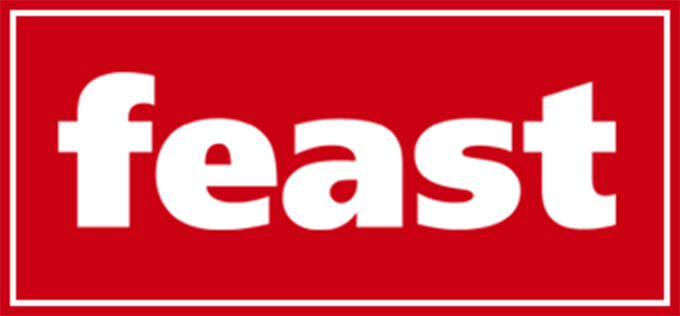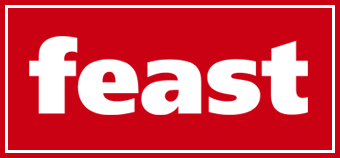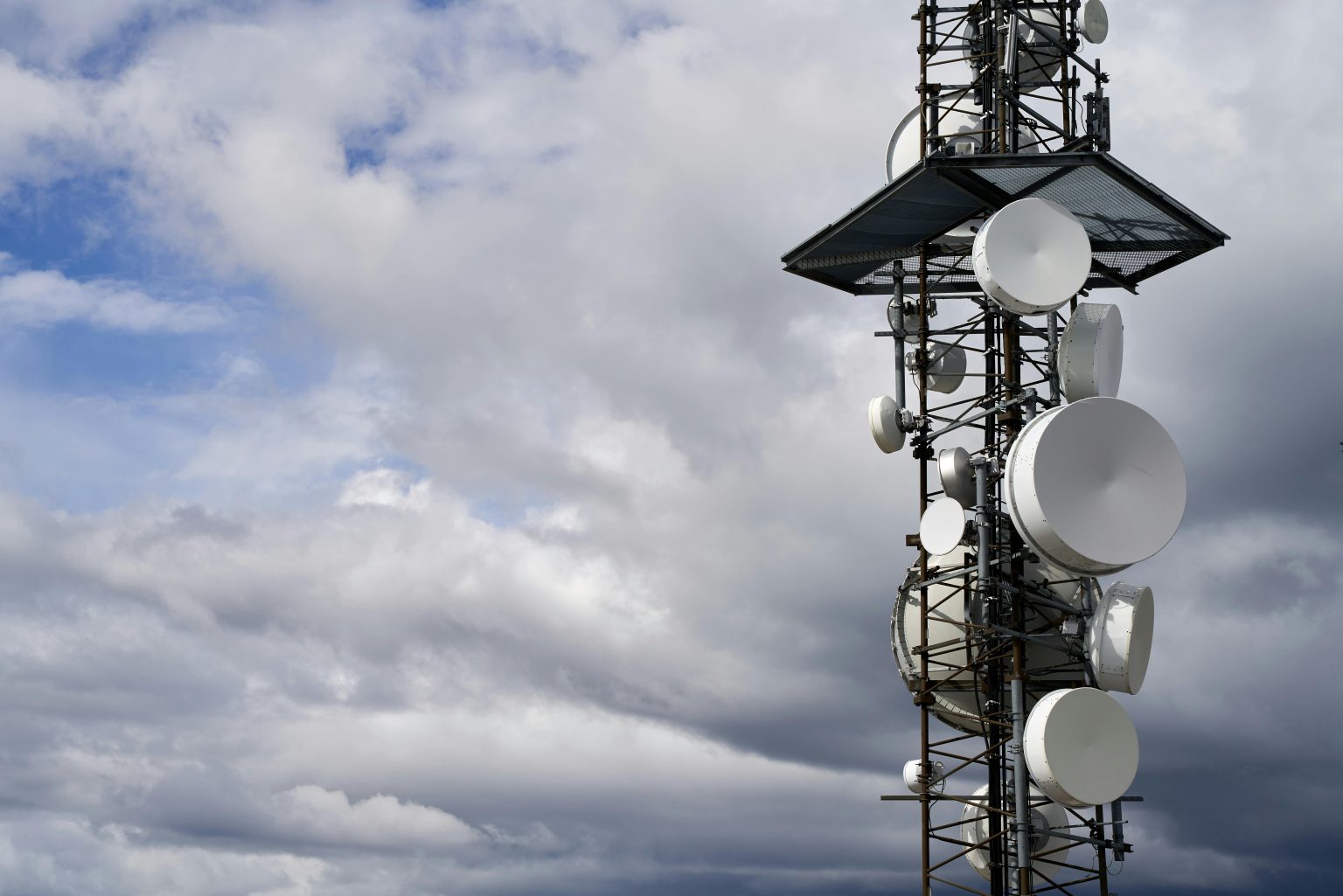Reliable internet access has long been a challenge in many parts of Kenya, particularly in rural and remote areas where fiber and mobile networks remain patchy or entirely absent. The entry of Starlink Kenya has shifted the landscape by offering high-speed satellite internet that does not depend on traditional infrastructure. Alongside this, local providers such as Starlink Kenya have emerged to distribute kits, installations, and customer support—making adoption faster and more accessible for ordinary Kenyans.
Rapid Growth and Adoption
Since its official launch in mid-2023, Starlink’s growth in Kenya has been remarkable. Within just a year, subscriber numbers more than doubled, moving the company into the top tier of internet service providers in the country. By late 2024, it had already surpassed several established ISPs, climbing to become Kenya’s eighth-largest provider.
The attraction is simple: Starlink can deliver broadband speeds to places where Safaricom, Zuku, and Faiba cannot reach. Counties such as Turkana, Wajir, and Garissa—previously dependent on slow and costly mobile data—are now experiencing reliable connections that support streaming, e-learning, and online businesses.
Network Strain and Temporary Halts
However, demand has come with challenges. By the end of 2024, Starlink’s network in Nairobi and surrounding regions reached capacity, forcing the company to halt new sign-ups. Many customers who had already purchased hardware were left waiting for service activation, which created frustration.
To address this, a major ground station was opened in Nairobi in early 2025. This infrastructure upgrade significantly reduced latency, bringing response times down from about 120 milliseconds to as low as 26 milliseconds. By mid-2025, after further capacity expansion, Starlink resumed onboarding new users across the country.
Packages and Pricing
Starlink currently offers several internet packages tailored to Kenyan users:
- Residential Lite – Around Ksh 4,000 per month with unlimited but deprioritized data. Hardware costs begin at Ksh 27,000.
- Residential Standard – Priced at about Ksh 6,500 per month, offering higher priority and more stable speeds.
- Mini Kit – A smaller, more affordable setup costing Ksh 27,000 upfront, with a monthly subscription of roughly Ksh 4,500.
- Business Plan – Designed for enterprises, NGOs, and high-demand users, priced at around Ksh 32,000 per month with priority bandwidth and faster speeds between 100–350 Mbps.
While these prices are higher than local fiber options—such as Safaricom Home (about Ksh 3,500 per month) or Zuku (from Ksh 2,999)—Starlink’s advantage is accessibility. In many rural towns, there is no fiber alternative, and mobile data bundles remain far more expensive per gigabyte. For many Kenyans, Starlink represents both better performance and better value.
Competition and Regulation
The rise of Starlink has drawn the attention of established ISPs and regulators. Safaricom has urged the government to tighten licensing rules for foreign satellite companies, arguing that they should partner with local firms to ensure investment and compliance. Industry analysts suggest that Kenya is still finding the balance between welcoming new technology and protecting local players.
Despite these debates, consumers continue to embrace Starlink as a much-needed alternative. For schools, clinics, and businesses in remote regions, the service has proven invaluable in enabling connectivity that was previously out of reach.
Role of Local Resellers
A unique feature of Starlink’s rollout in Kenya has been the role of local distributors. While the company sells directly through its website, resellers have stepped in to bridge gaps—especially when official channels paused sign-ups due to network congestion. These local firms not only import and sell the equipment but also provide installation, training, and customer support that Starlink itself does not yet offer in the country.
By helping households and organizations set up quickly, resellers have accelerated Starlink’s integration into Kenya’s digital ecosystem.
Looking Ahead
The future of Starlink in Kenya looks promising. Its combination of broad coverage, high speeds, and independence from existing infrastructure makes it a game-changer in bridging the digital divide. With the recent reopening of new subscriptions and the continued rollout of support infrastructure, more Kenyans will gain access to the service in 2025 and beyond.
As adoption spreads, competition may drive down costs and encourage innovation among both satellite and fiber providers. For now, Starlink represents a vital step forward in ensuring that internet access in Kenya is not a privilege of urban centers, but a right enjoyed by communities across the entire nation.



